08/25/2020
We tracked in some detail of the coming of the new class of LHAs to the fleet.
The flagship is LHA-6, the USS America.
These ships represent a significant break from the past in that it can operate as a flagship of an amphibious task force with unprecedented airpower onboard.
Ironically, it will be based in San Diego where what have been a sister ship, the USS Bonhomme Richard caught fire last month pier side in San Diego.
USS Tripoli is designed for F-35B operations from the git go, whereas other LHAs need to be modified to do so.
As one news story highlighted, the USS Tripoli has the capability of carrying a significant air assault capability onboard.
In addition to its amphibious capabilities, Tripoli is capable of acting as an ad hoc aircraft carrier.
In 2019 sister ship America was photographed in the eastern Pacific with 13 F-35B Lightning IIs on her flight deck, more than twice as many as an amphibious ship typically embarks. In a crunch, the Navy and Marines can disembark most of the Marine tiltrotors and helicopters and transform Americaand Tripoli into temporary “Lightning Carriers.”
Lightning carriers could provide extra carrier-based firepower at the front line until larger, purpose-built carriers arrive in theater to relieve them.
Tripoli is bound for its new home port at San Diego Naval Base, California. An eighth amphibious assault ship, USS Bougainville, began construction in 2019. USS Tripoli is named after the Battle of Derna, when in 1805, a unit of U.S. Marines led an attack on Derna, Libya during the First Barbary War.
With the changing nature of the threat in the Pacific, more capable L-class ships can enhance fleet capabilities.
We have focused this summer on how the coming Viper attack helicopter integration of Link-16 and UAV wave forms can provide a new capability to work with the Romeos onboard as part of an amphibious task force.
When combined with the kind of aviation capability onboard the LHA-6 class, the L-class is transformed from being a greyhound bus to a capability to contribute to sea control and sea-denial freeing up the large deck carriers for expanded reach in performing these tasks as well as others.
In 2014, we published an article which highlighted how the new ship contributed to enhanced capabilities for the fleet.
That article follows:
2014-10-08 By Robbin Laird
The USMC is the only tiltrotar-enabled assault force in the world.
The USS America has been built to facilitate this capability and will be augmented as the F-35B is added to the Ospreys, and helicopters already operating from the ship and as unmanned vehicles become a regular operational element as well.
To set the proper landscape to discuss the changes within aviation and the amphibious fleet, one can go back a decade ago and look at the aviation and ship pairings and their operational reach.
The ARG-MEU a decade ahead operated within the LPD-17, without the T-AKE ship, without the Osprey and was primarily a rotorcraft, landing vehicle and mixture of Harrier fast jets force. And the three ship ARG-MEU would operate largely in a 200-mile box affecting the objective area where it was located.
The Osprey has obviously been a game changer, where today, the ARG-MEU can “disaggregate” and operate over a three-ship distributed 1,000-mile operational area. Having the communications and ISR to operate over a greater area, and to have sustainment for a disaggregated fleet is a major challenge facing the future of the USN-USMC team.
A major change in the ship can be seen below the flight deck, and these changes are what allow the assault force enabled by new USMC aviation capabilities to operate at greater range and ops tempo.
The ship has three synergistic decks, which work together to support flight deck operations. Unlike a traditional large deck amphibious ship where maintenance has to be done topside, maintenance is done in a hangar deck below the flight deck.
And below that deck is the intermediate area, where large workspaces exist to support operations with weapons, logistics and sustainment activities.
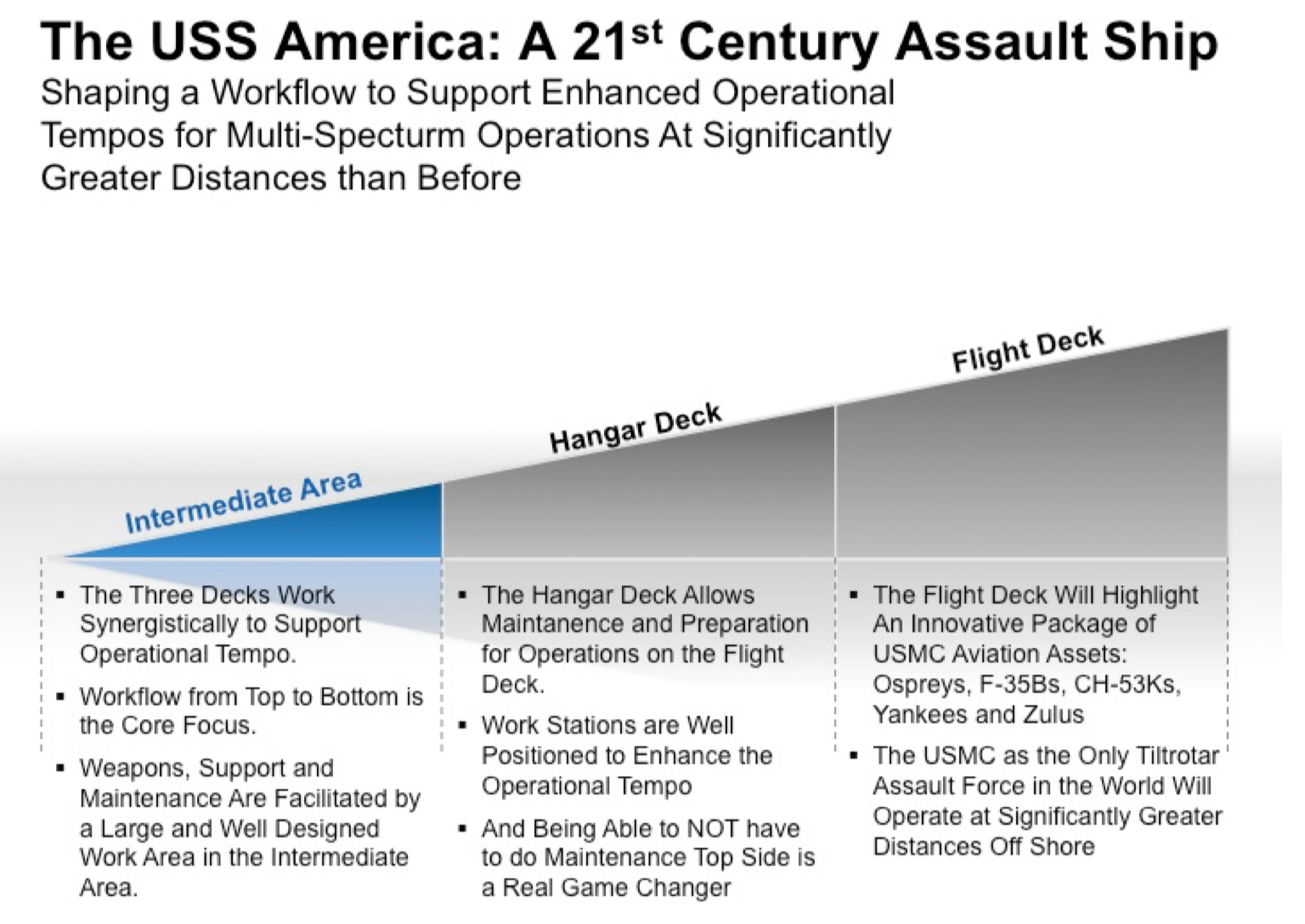
In an interview with the ship’s Captain, Robert Hall, just prior to the departure in mid-July from the Ingalls Huntington shipyard in Pascagoula Mississippi, the CO highlighted some of the ship’s capabilities:
The ship has several capabilities, which allow us to stay on station longer than a traditional LHA and to much better support the Ospreys and the F-35Bs which will be the hallmark of USMC aviation to enable long range amphibious assault. These aircraft are larger than their predecessors.
They need more space for maintenance and this ship provides it.
We have two high-hat areas to support the maintenance, one of them located behind the aft flight deck elevator to allow movement through the hangar.
We have significantly greater capacity to store spare parts, ordnance and fuel as well. We can carry more than twice as much JP-5 than a traditional LHA.
The ship has three synergistic decks, which allow for a significant enhancement of the logistical or sustainment punch of the amphibious strike force.
According to Captain Hall:
I like the synergistic description.
The flight deck is about the size of a legacy LHA. But that is where the comparison ends. By removing the well deck, we have a hangar deck with significant capacity to both repair aircraft and to move them to the flight deck to enhance ops tempo.
With the Ospreys, we will be able to get the Marines into an objective area rapidly and at significant distances. And when the F-35B comes the support to the amphibious strike force is significantly enhanced.
And we will be able to operate at much greater range from the objective area.
With the concern about littoral defenses, this ship allows us the option to operate off shore to affect events in the littoral.
This is a major advantage for a 21st century USN-USMC team in meeting the challenges of 21st century littoral operations.
The USS America will provide a significant boost to the ability to both maintain and to provide operational tempo to support the force.
And in an additional interview with Major David Schreiner, the ship integration officer within Headquarters USMC Aviation, the Marine Corps officer highlighted how the ship will do this and how it fits into evolving thinking about the future of the amphibious task force.
According to Major Schreiner, one of the key elements of maintaining the Osprey is the need to open the nacelles and to work on them. On current LHAs, this can only be done topside, but with the new ship, it will be possible to maintain the Ospreys completely in the Hangar deck.
The traditional LHA was sized primarily for rotorcraft operations; the new one is sized for the Osprey and the F-35B.
According to Major Schreiner:
The footprint of the new aviation assets are about 30-40% larger than the rotorcraft and fast jets they are replacing. With the change in operational capabilities and concepts comes the need to provide for a new logistics capability for the force as well.
The logistics demands from the Ospreys on the traditional LHAs required work topside, which affects flight deck operations as well as facing daylight limitations within which the work needed to be done.
What we found with the MV-22 was that it needed some extra space. It needed some space in the hangar for assault maintenance. What we found in the legacy amphibious ships that we were unable to do that efficiently down below, so the workaround for the Marines, the only workaround is to do those modifications topside which are extremely time consuming and it is a delicate balance on doing them during a period of daylight where they could effectively see and then balance it out with flight operations.
To get the needed changes, the ship designers of the USS America look to the hangar deck and the intermediate areas. The hangar deck has no well deck and that provides extra space as well as overhead cranes and storage areas for parts.
The ops tempo for the assault force is enhanced as well.
According to Major Schreiner:
“The idea was is not only to provide enough space to incorporate for the growth in airframes and the logistics footprints but also to provide for operational maneuver space down below as well. We can cycle planes from the hangar to the flight deck to enhance sortie generation rates for the helos, the Ospeys and the F-35Bs in whatever package is appropriate to the mission.”
Working the synergy among the three decks will be crucial to shaping the workflow to support operational tempo.
“Your next aircraft for the flight deck can be positioned down below for a quick elevator run thereby enabling a larger volume of flights off the deck. You could then work into the deck cycle and elevator run to bring up those extra aircraft as a way not only to provide backups but to provide extra sorties for the flight deck.”
Synergy and enhanced workflow are really the two outcomes which come from a ship designed for 21st century assault assets.
Instead of having to do all the maintenance topside you have the spaces down below from the heavy maintenance with the use of upright cranes and the work centers that are collocated right on the hangar bay with the supporting equipment work centers, the control work centers, and just below it on the intermediate deck below.
You have all your supply centers and then you have your intermediate level maintenance as well for that sensitive calibration, for the more complex repairs.
This creates a cycle or synergy where you have supervisors that the work centers are collocated with the maintenance that’s being done on the hangar. You have maintenance actions being produced. They are brought in; they are logged into the system, they are evaluated, they can go downstairs and they can either be fixed on the spot, calibrated, the part could be reworked or the supply system being right there, a new part in the supply could be issued back up, turned. There will be very little waste of time between different parts of the ship all supervised, brought back up, and repaired on the plane.
Clearly, this workflow will be a work in progress as the crew and the Marines shape ways to work the decks to optimize what can come off of the flight deck.
Aircraft maintenance and operations at sea are extremely hard; extremely hard on the actual airframes and they are extremely hard on the maintainers that are doing the work because the reality of it is that in a 24 hour cycle, half the time is spent conducting flight operations topside where there is very little space to do maintenance.
It is just too congested.
It is too busy and so by default you have to wait till flight operations stop which limits you in your maintenance to periods usually in darkness where it is hard or reduce cycle say 12 hours to do the maintenance in order to turn those aircraft around.
By having access to hangar bay, you have a safe space, you have a well-lighted space; you have room to safely move and now you are able to do concurrent maintenance actions.
I’m not saying that you couldn’t do that on a legacy class but you can just do this on a much greater scale and with greater efficiency on the AMERICA so you are able to make the timely inputs, the timely maintenance actions ultimately to keep the available assets up.
For operators and maintainers, the intermediate area below the hangar deck is a major change as well.
Marines will have access to world class or corner space standard test batches for calibration, they can do everything at sea can be done in a corner space or a land environment. From a warship capability is amazing and the goal is to increase the repairable capability on the ship rather than waiting for parts to be sent to the ship.
Transit time loss is a big deal; sometimes we have to go halfway around the world for a part because there is no way to beat the geographic distance.
The only way you can do that with a part is to have a spare in the supply system.
Now you have an aircraft that either has to have a cannibalization of a part to keep it flying or you have to wait and you have your downtime on an aircraft.
The goal of the I level is to be able to actually be able to repair aircraft with parts on board. And with the increased storage capacity this clearly will happen.
The USS America will make a significant contribution to the amphibious strike force, but no platform fights alone.
It will be a key element or even flag ship of evolving approaches.
When one marries the new MSC assets –T-AKE and USNS Montford Point assets – to the LPD-17 and the USS America, the USN-USMC team will have a very flexible assault force, with significant vehicle space, berthing space for embarked Marines and shaping the future mix and match capabilities of the modular force.
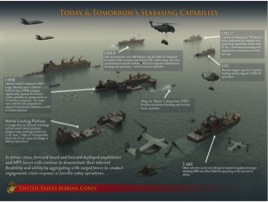
To illustrate the impact of such a task force on berthing of embarked Marines, in addition to berthing on the USS America, one could carry 680 Marines aboard an LPD-17, 100 aboard a T-AKE ship and 250 aboard a Montford Point, and that is with current capabilities which be modified as modular capabilities evolve against operational needs, requirements and funding.
In short, the USS America is part of the evolving amphibious strike task force, and will work synergistically with other new or legacy assets in providing capabilities necessary for 21st century operations.
For a 2017 Report which highlighted the integration of the F-35B into USMC operations, see the e-book below:

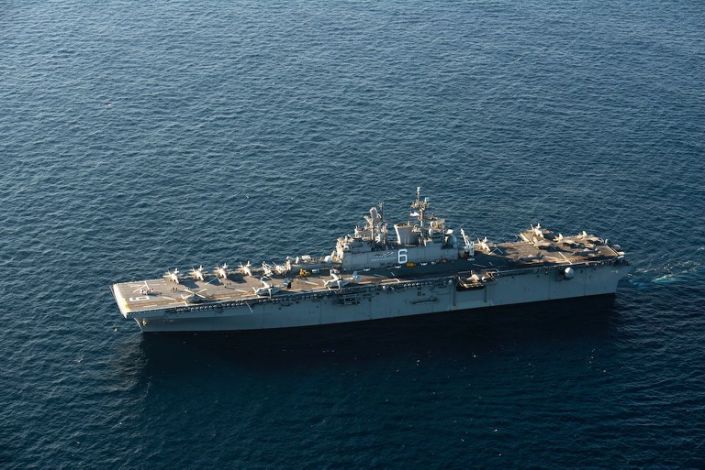
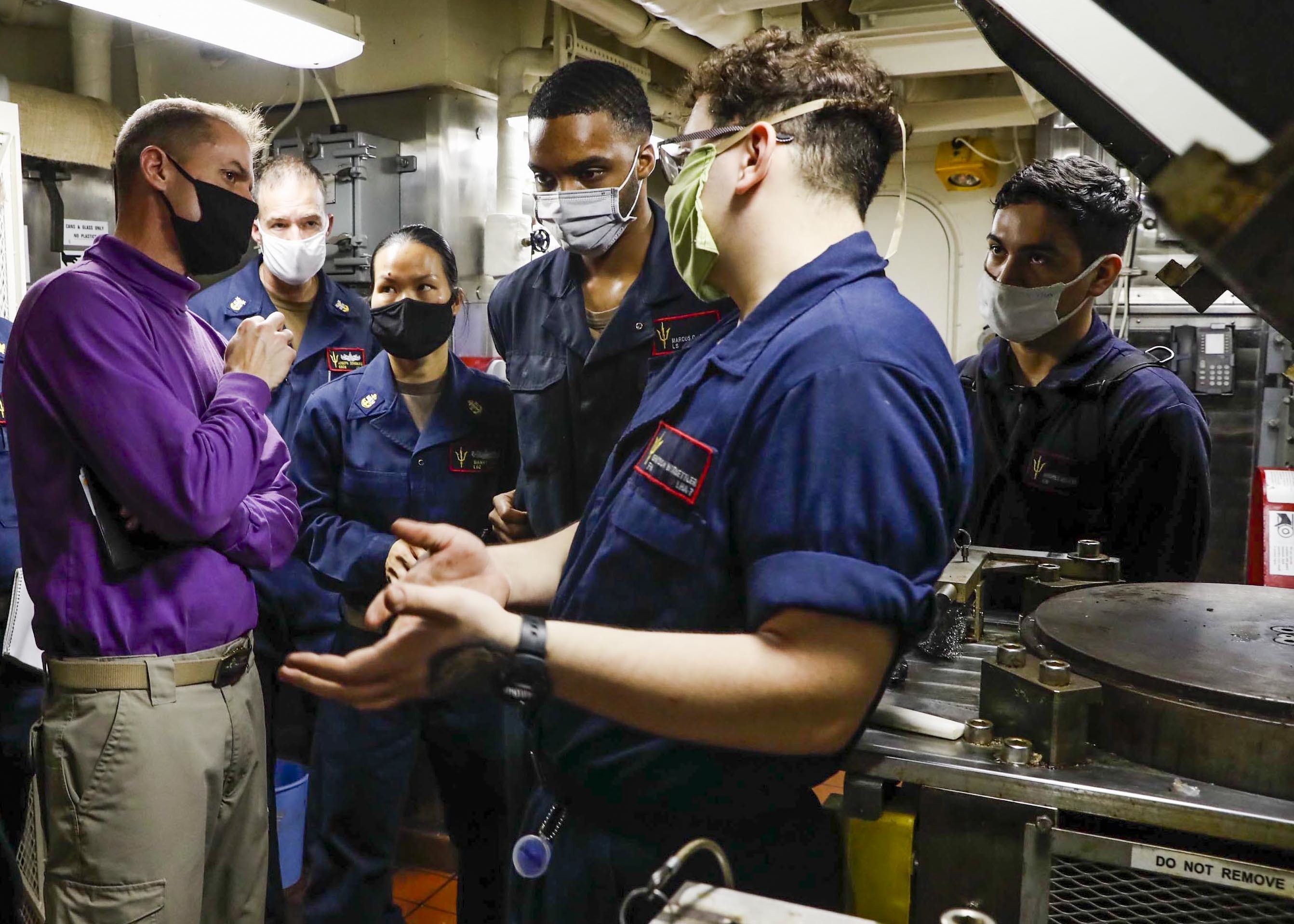
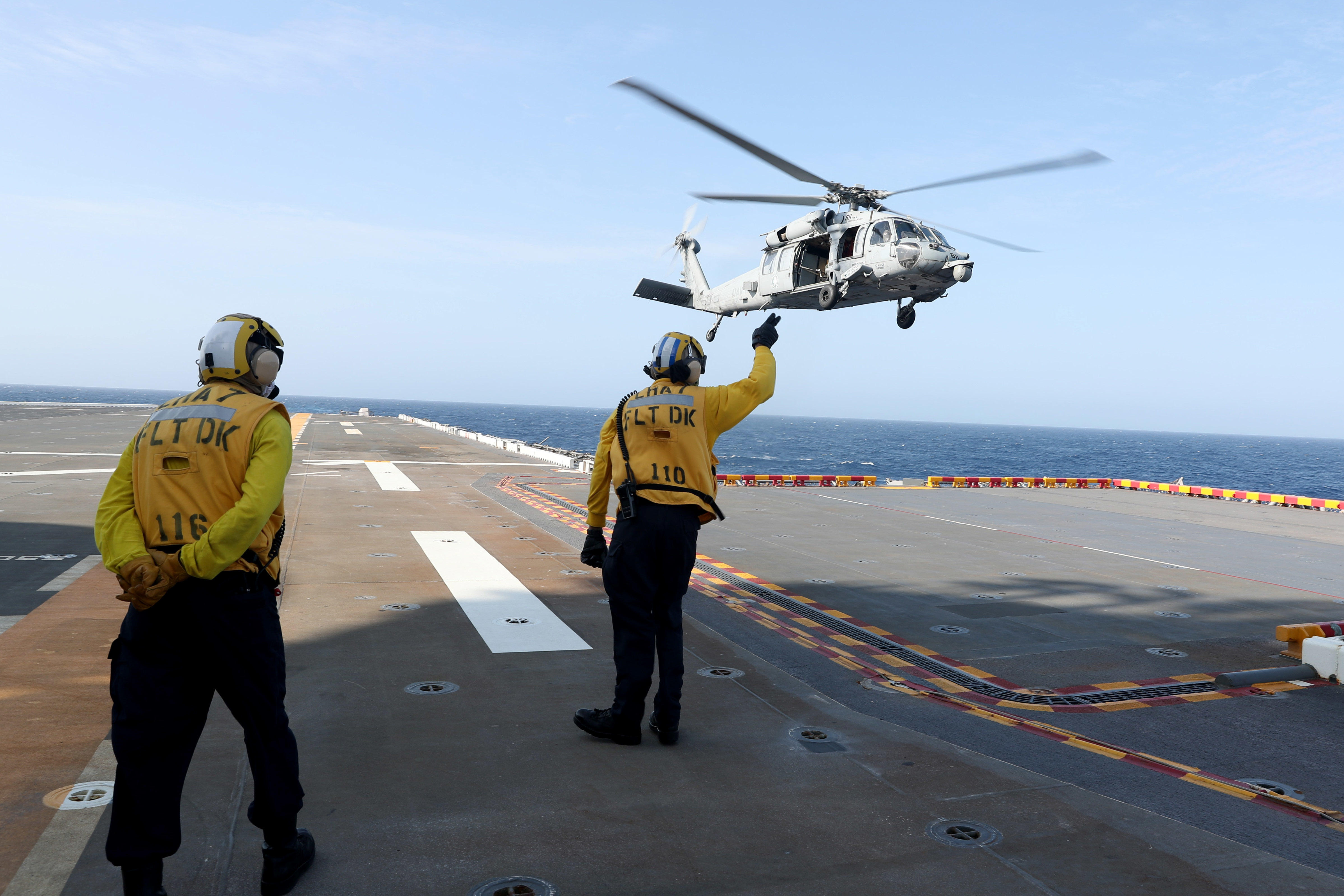
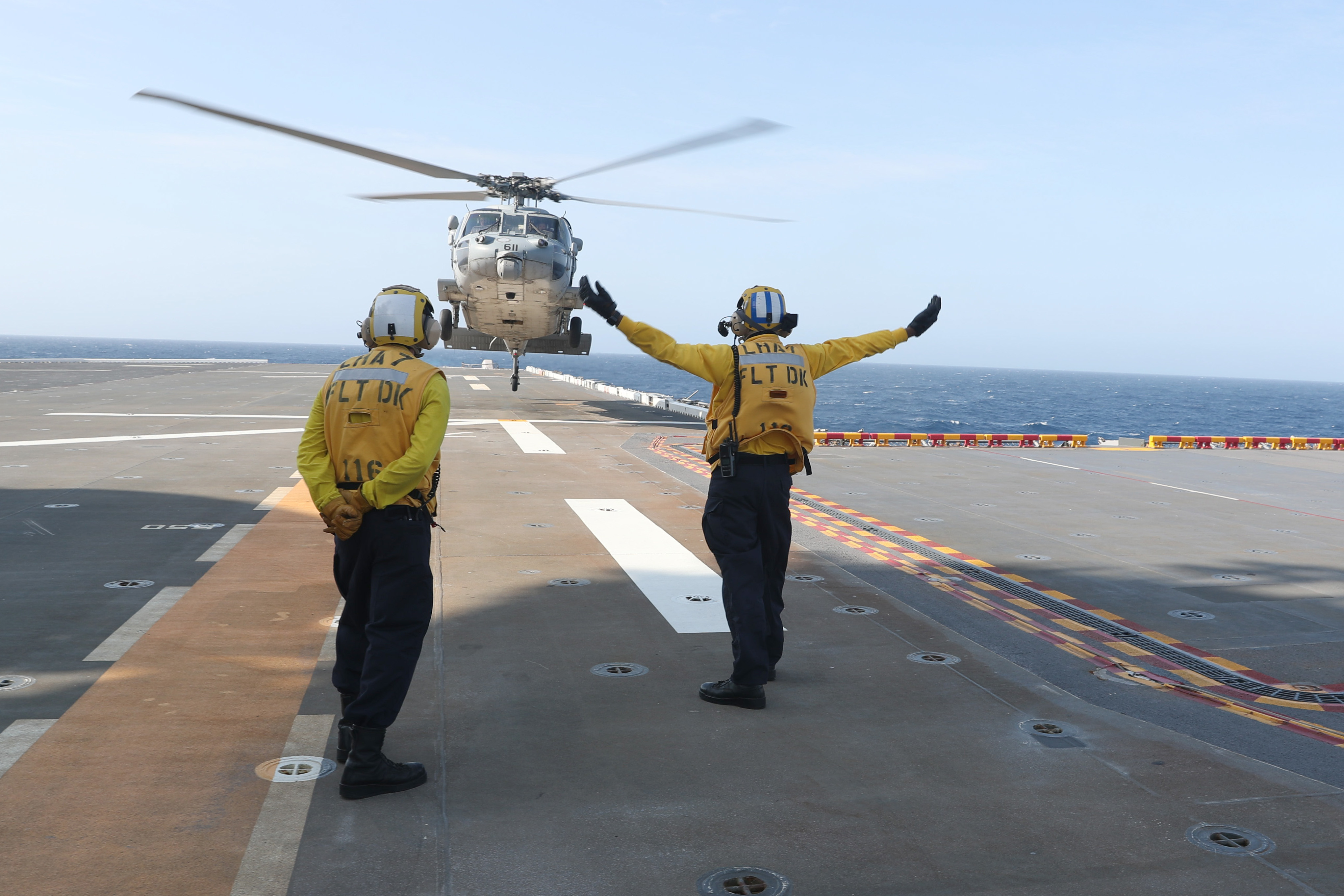

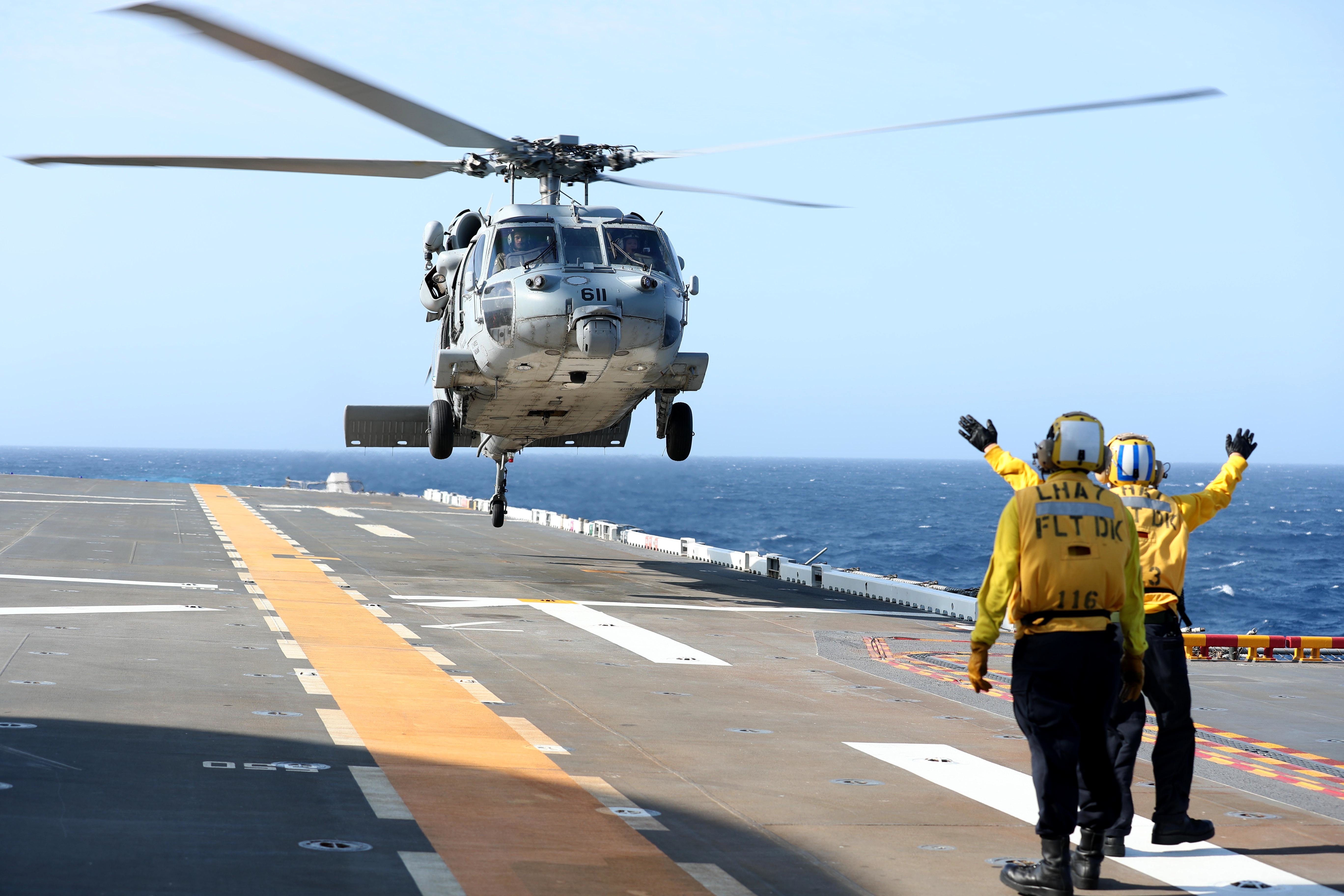

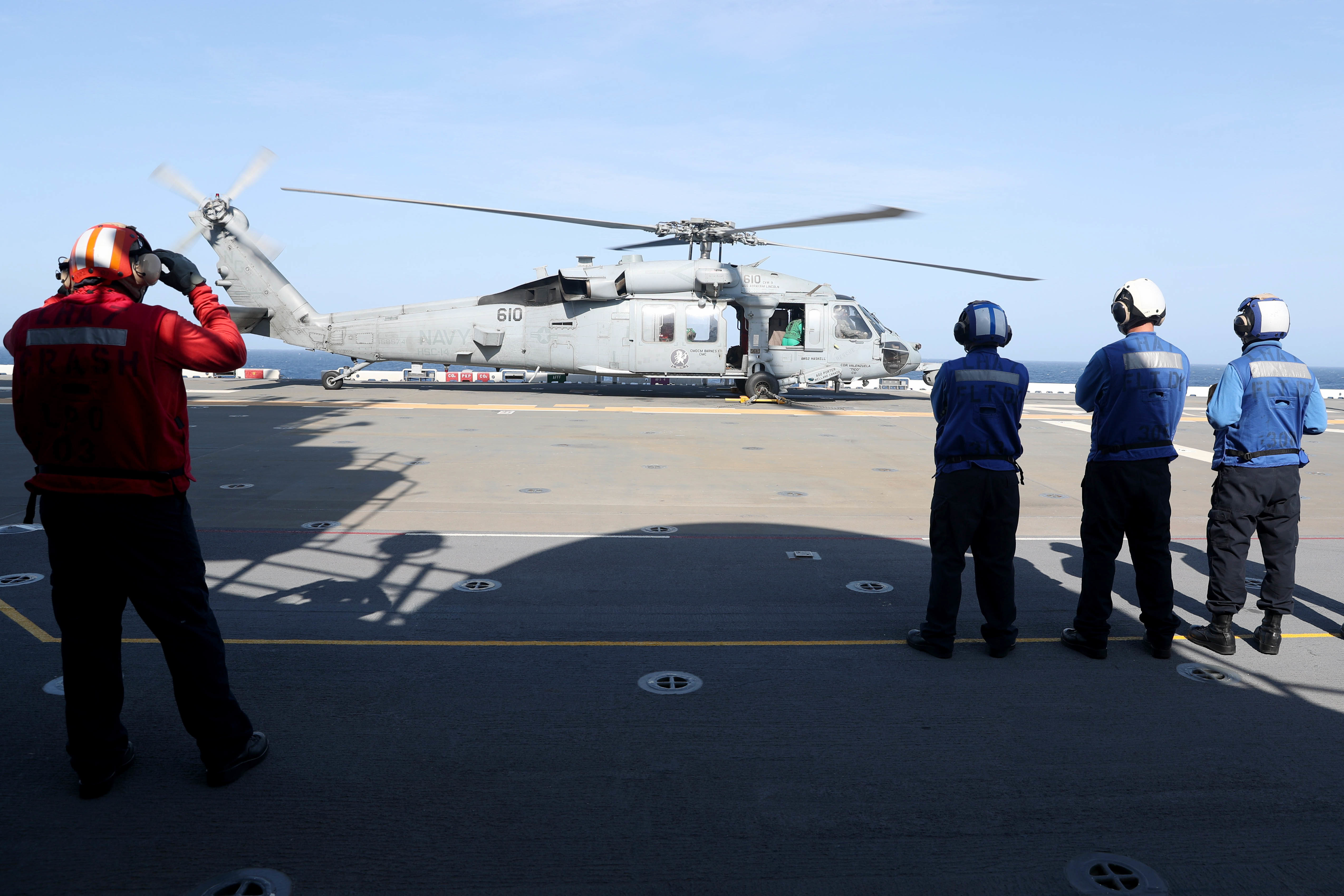

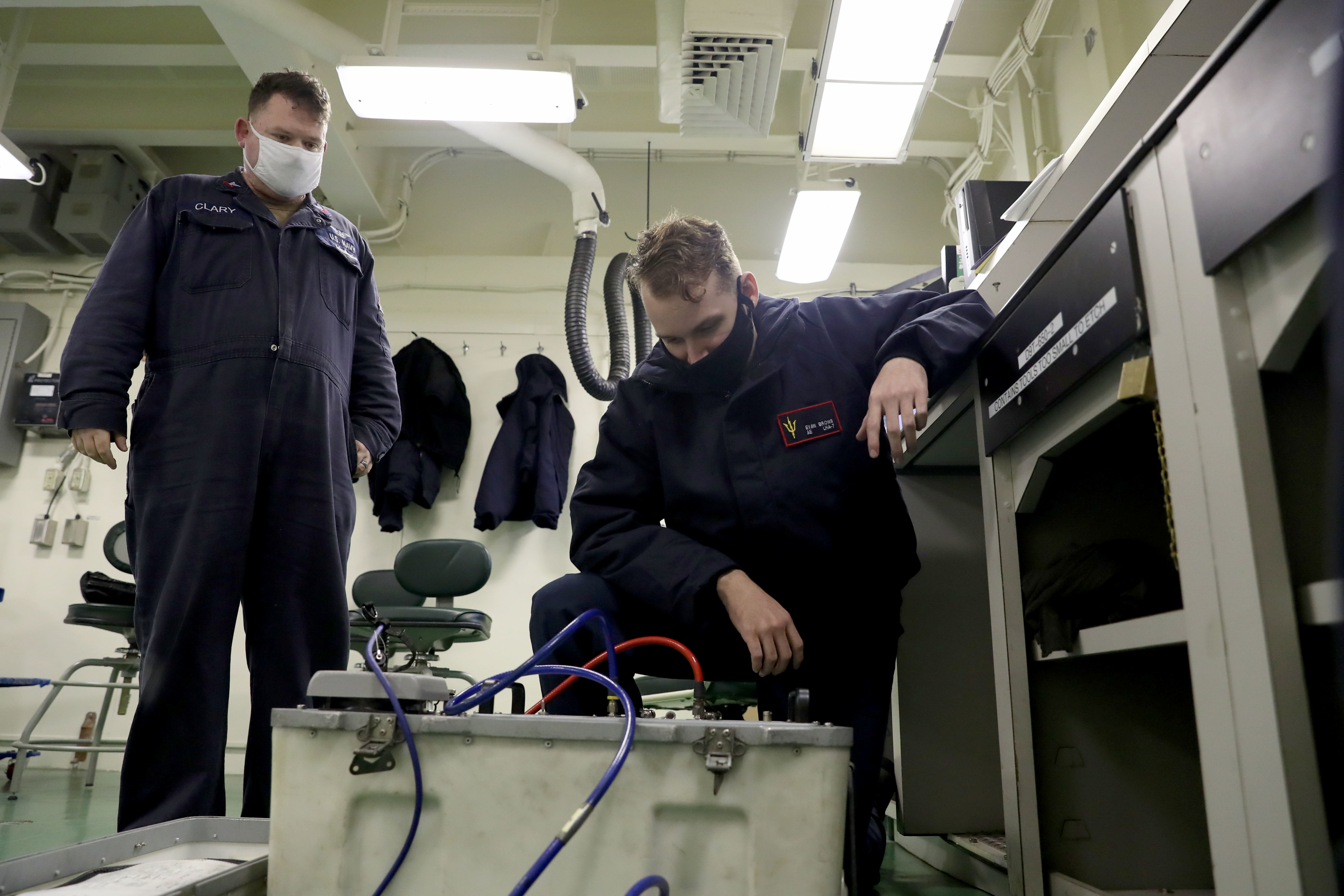
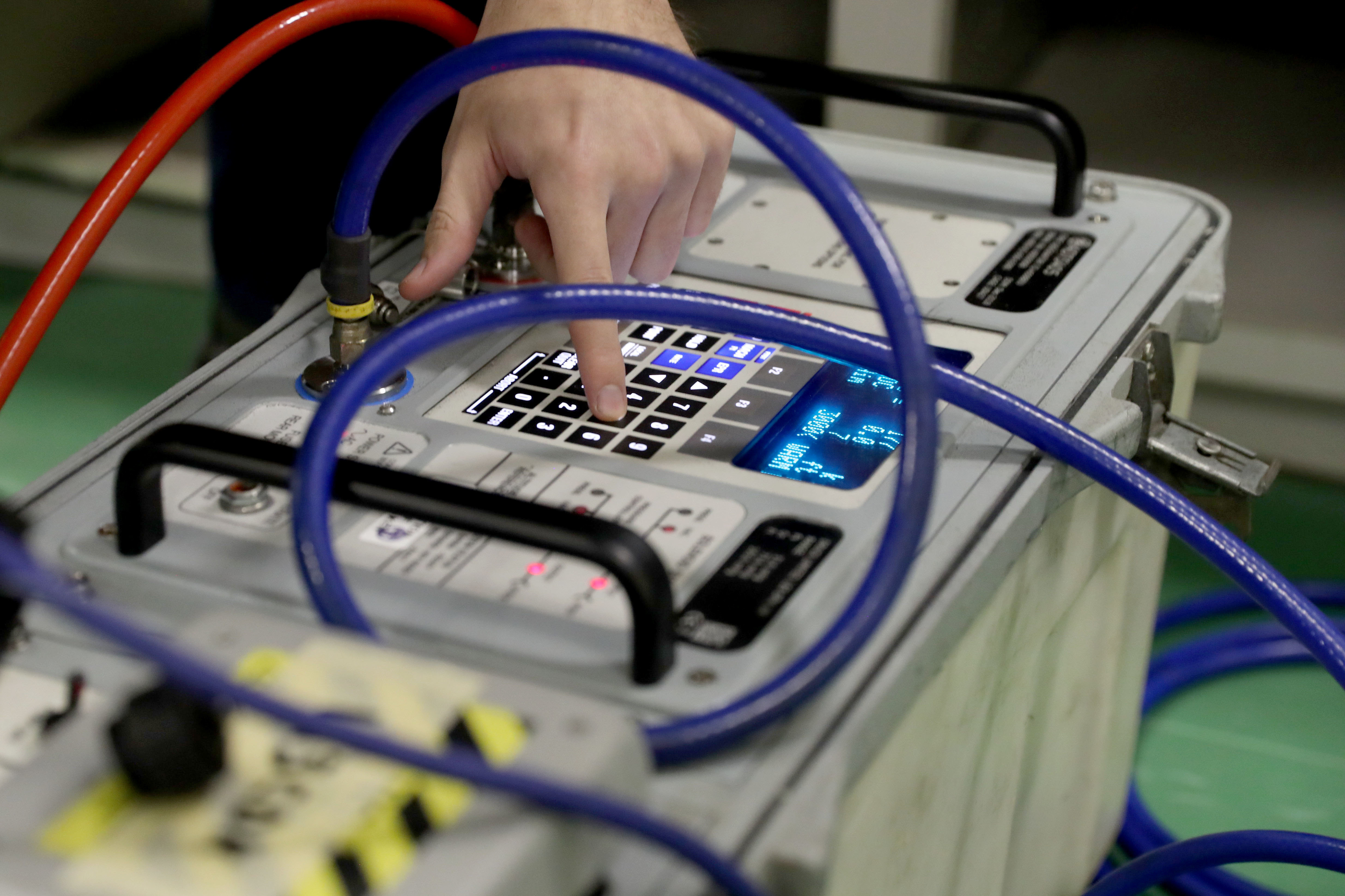
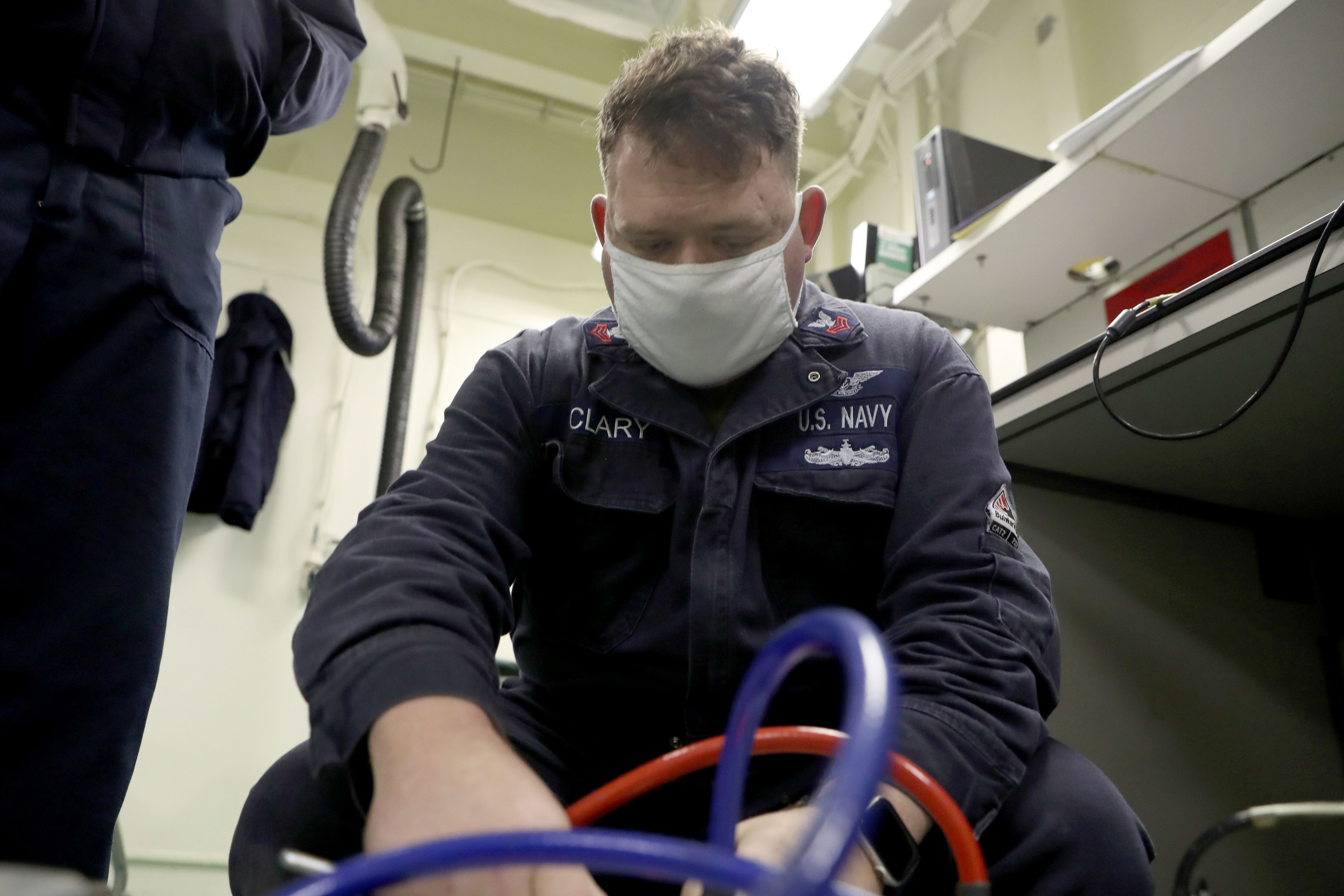
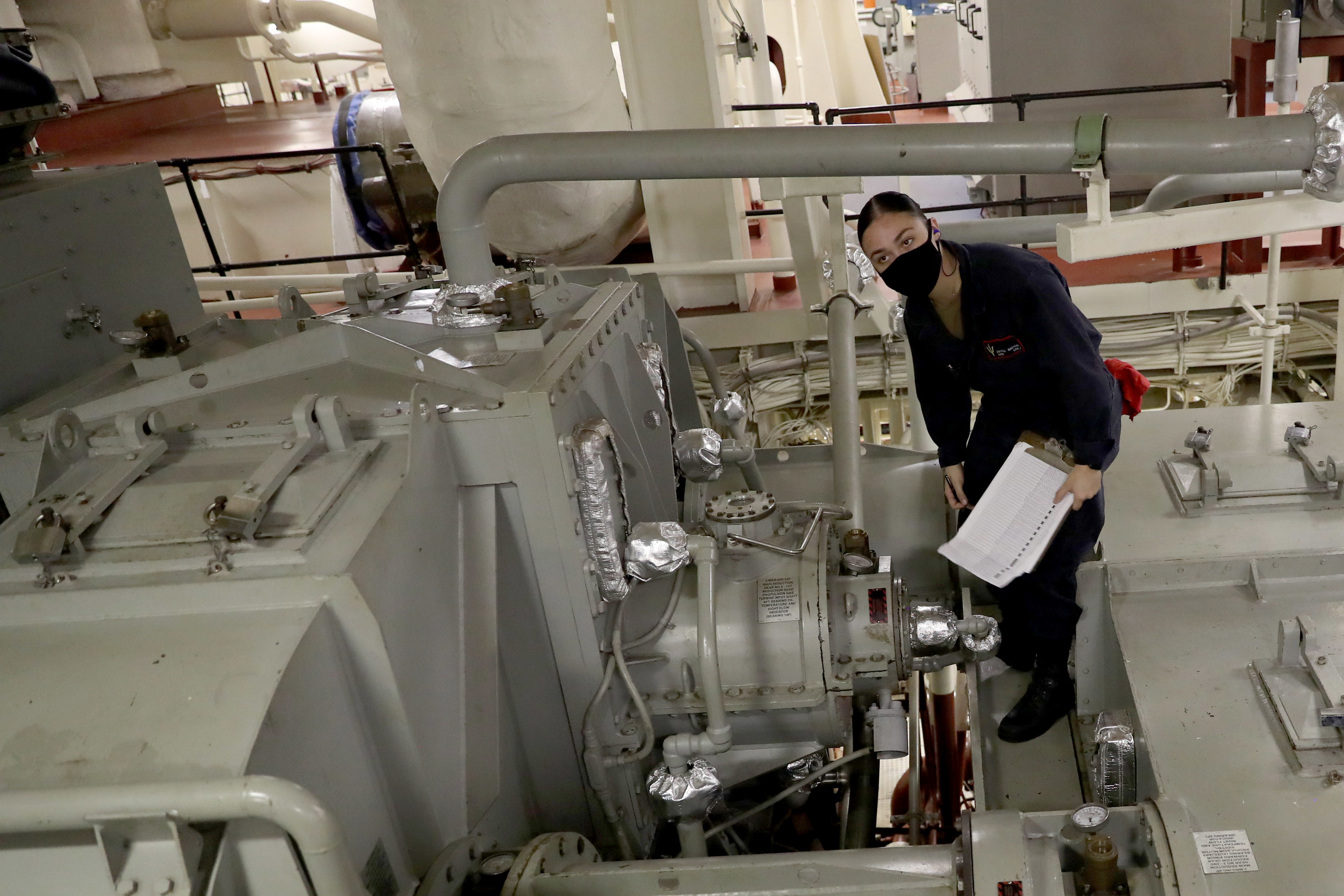
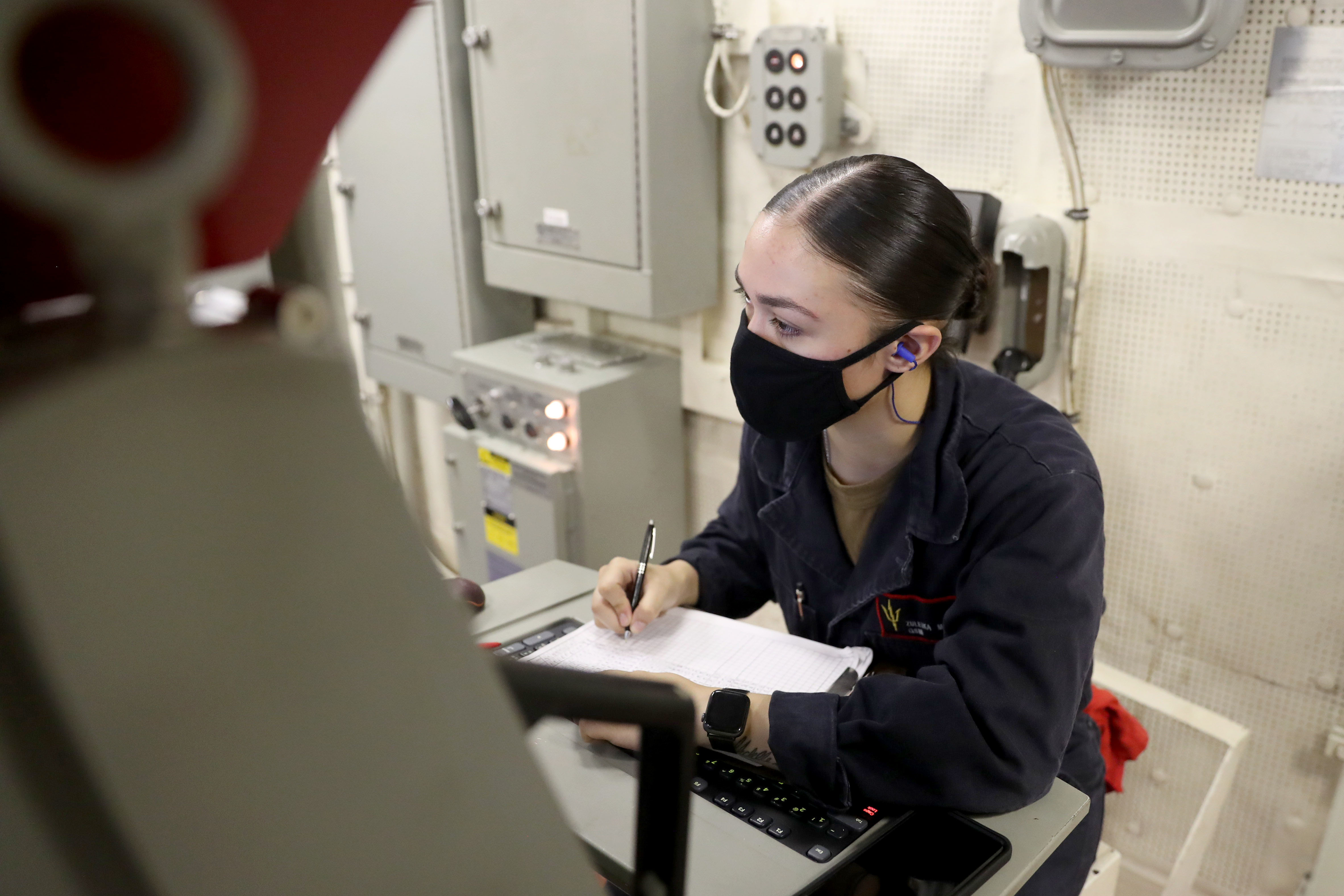
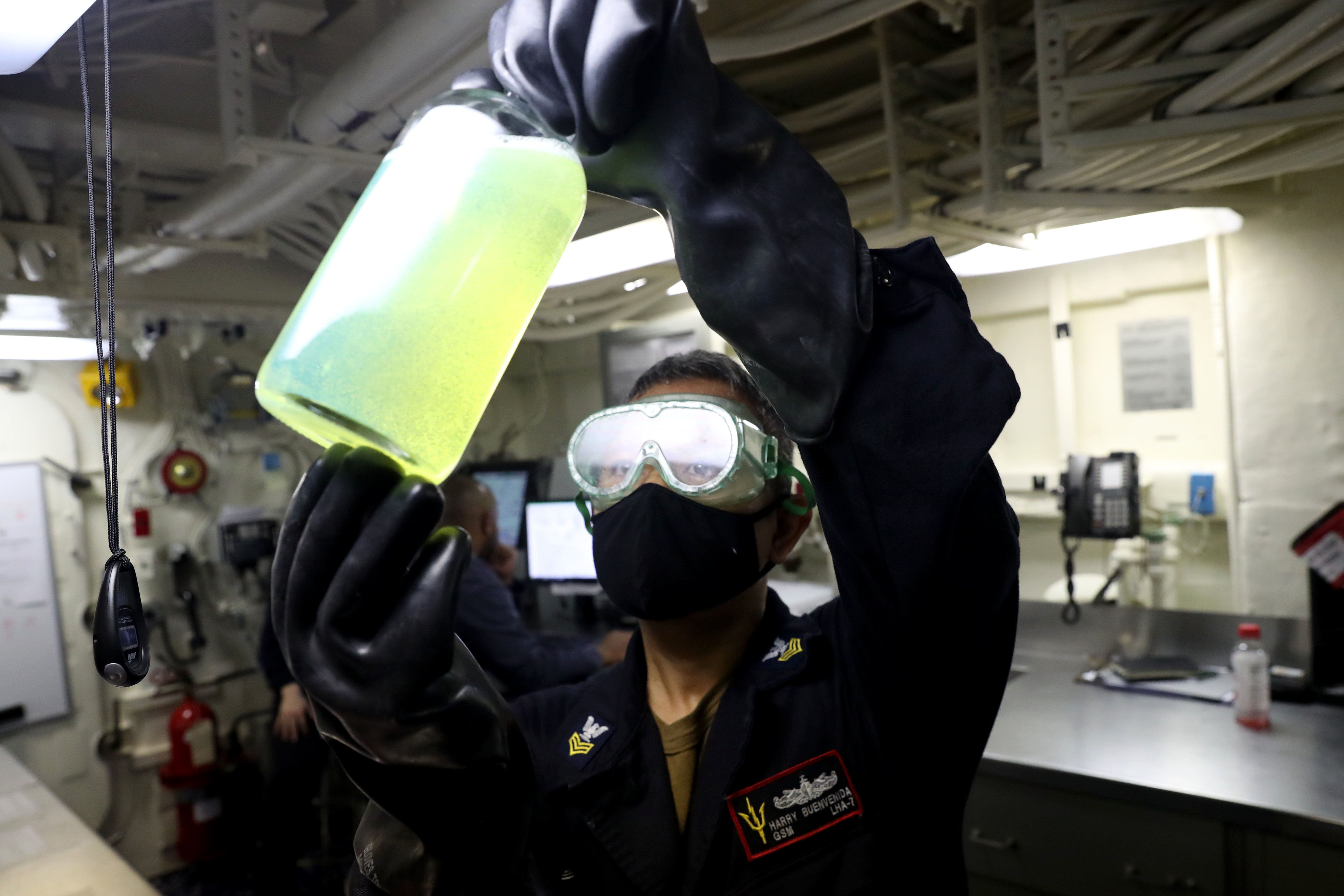









No comments:
Post a Comment
How did you like the post, leave a comment. I would appreciate hearing from you all. Best wishes from JC's Naval, Maritime and Military News